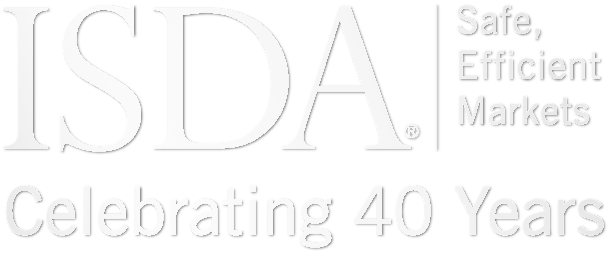Regulatory changes have had a big impact on collateral management. The implementation of margin requirements for non-cleared derivatives, alongside mandatory clearing rules for standardized over-the-counter derivatives, means there is more demand than ever for high-quality liquid assets (HQLAs) that can be used to meet initial margin (IM) and variation margin (VM) obligations.
According to the latest ISDA margin survey, IM and VM collected by the largest derivatives firms for non-cleared derivatives totaled $1.4 trillion at the end of 2022 compared to $1.3 trillion the year before. A further $384.4 billion of IM was posted at major central counterparties by all market participants for cleared interest rate derivatives and single-name and index credit default swaps, up by 18.8% from the end of 2021.
With margin demands increasing, it is important for the right collateral to be in the right place at the right time, particularly during periods of market stress and volatility. Automation of margin calls and collateral settlement is critical to achieving this – but while some headway has been made across the industry, more progress in adopting data standards and collateral management straight-through processing is necessary.
However, what does it actually mean to have the right collateral in the right place at the right time?
The answer can vary based on the type of firm or investment strategy that is posting and receiving the collateral, plus any relevant capital requirements for that entity and its counterparty. The short answer is: it depends.
This paper sets out some of the issues that firms should consider when negotiating credit support annexes (CSAs) with eligible collateral schedules and custodian arrangements and establishing operational structures and workflows, based on input from ISDA members. It is not meant to propose a single approach – what is beneficial for the pledgor (also known as collateral provider) may not be advantageous for the receiver – but is intended to highlight potentially conflicting scenarios to improve the negotiation process for all parties.
The paper may be helpful for those firms that are new to posting collateral, especially other than cash. It could also be used as a resource for those institutions looking to expand from a ‘cheapest-to-deliver’ approach to more holistic collateral optimization that incorporates better inventory management across multiple collateralized products, automated margin call, settlement and
substitutions processing, and funding/collateral transformation.
While some of the issues are applicable to cleared exposures, this paper focuses mostly on collateral for non-cleared derivatives. That’s because there are tighter constraints on margin in the cleared world: VM has to be paid in cash in the position currency and IM is often limited to cash or HQLAs. Clearing members might further restrict the collateral they are willing to accept.
Click on the PDF below to read the full paper.
Documents (1) for Mitigating Eligible Collateral Risks: From Documentation to Operations
Latest
Future Path - IQ December 2025
At the start of ISDA’s 40th anniversary year, IQ convened the pioneers of the association to reflect on how a desperate need for standardization in the early days of the derivatives market brought dealers together to develop a dictionary of...
Steps to a Vibrant Derivatives Market: SOM Remarks
Steps to a Vibrant and Resilient Derivatives Market December 4, 2025 Remarks at the Mediterranean Partnership of Securities Regulators Scott O’Malia ISDA Chief Executive Officer Good afternoon and thank you to the Mediterranean Partnership of Securities Regulators (MPSR) for...
ISDA Response to BoE on Gilt Market Resilience
On November 28, ISDA responded to the Bank of England’s discussion paper on gilt market resilience. ISDA encourages the Bank of England, before introducing any significant policy changes that would affect the functioning of the gilt repo market, to consider...
Addressing Termination Troubles
When Enron announced a shock $618 million loss on October 16, 2001, it took a further 47 days until it filed for bankruptcy. For Bear Stearns, it took 266 days between its bailout of a structured credit fund run by...



